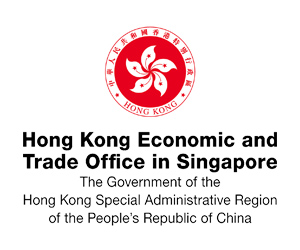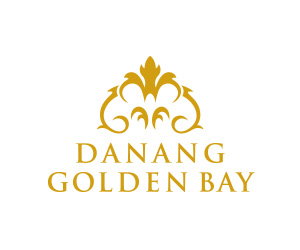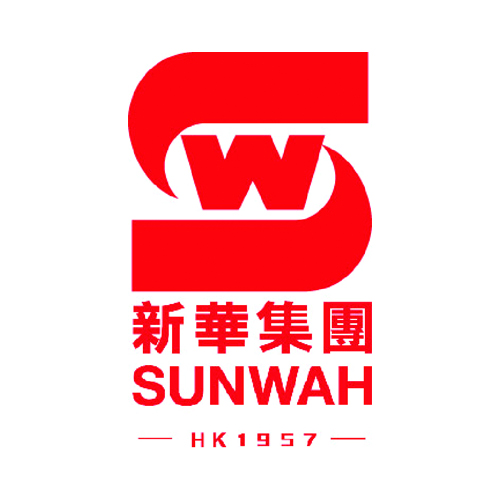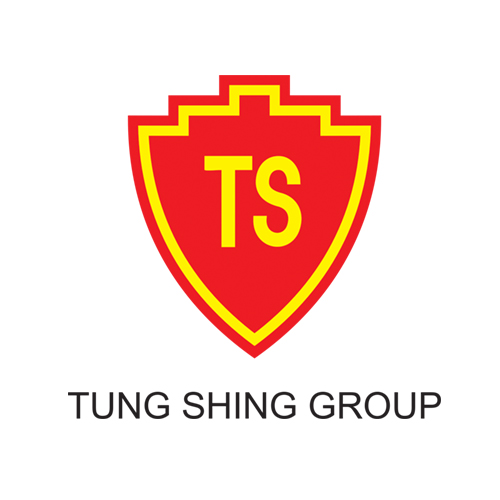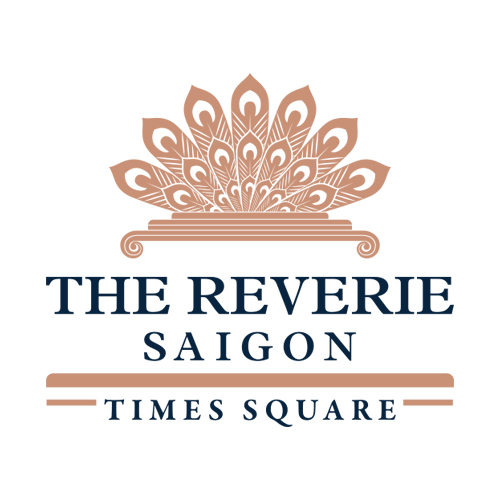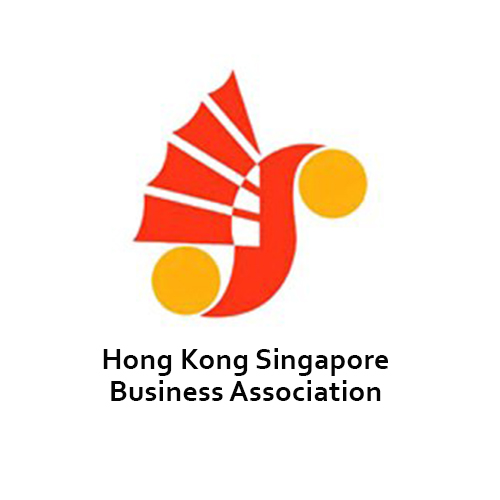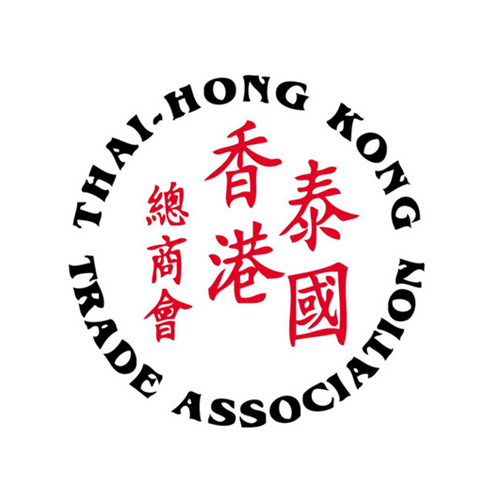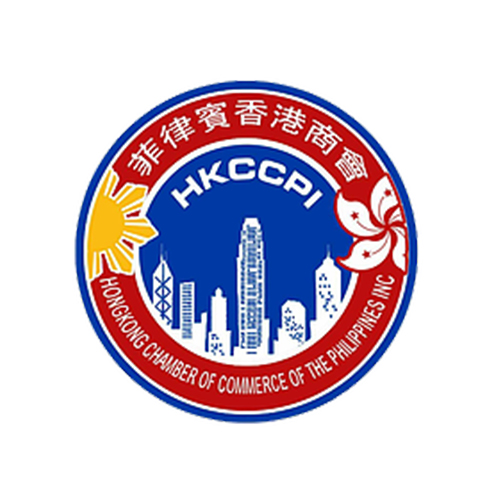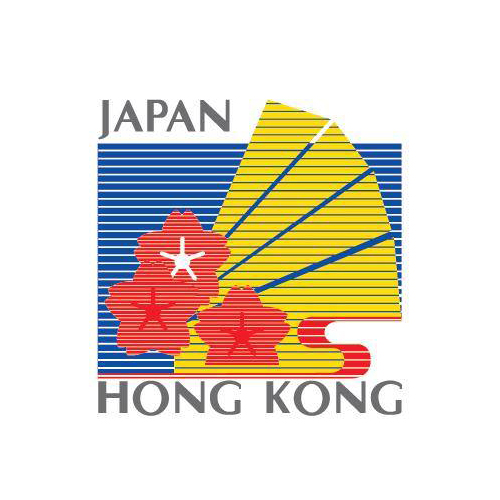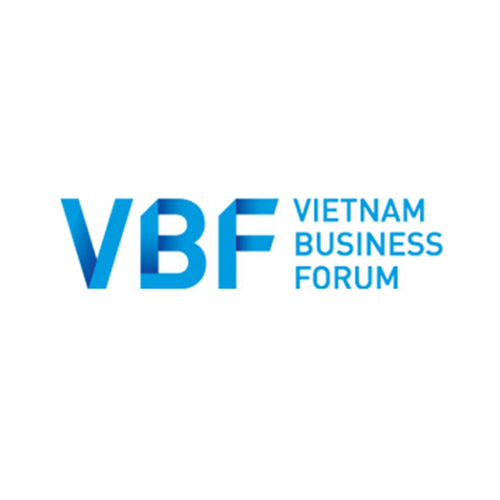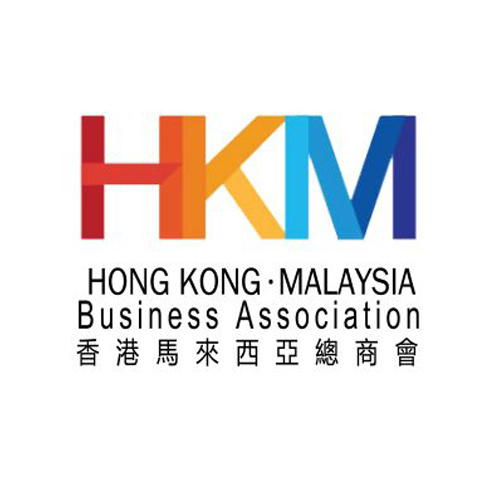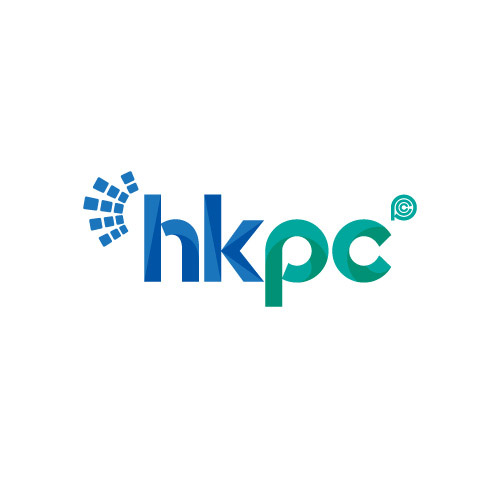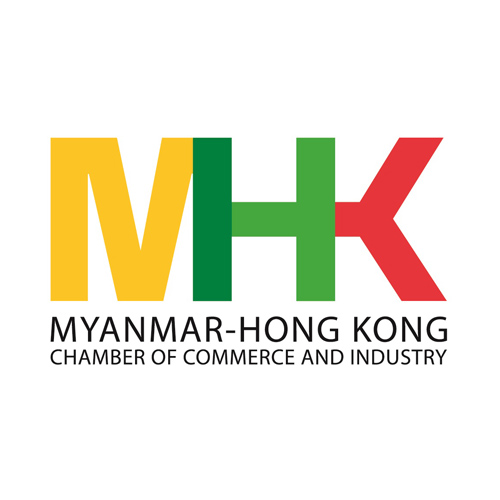Want to be in the loop?
subscribe to
our notification
Business News
TEXTILE AND GARMENT BUSINESSES FACE DIFFICULTIES DUE TO LACK OF DOMESTIC SUPPLY
The textile and garment industry has long faced an imbalance between production stages.
The two stages at the beginning and end of the chain, yarn and sewing, have a very large scale of development, while weaving and dyeing have remained industry bottlenecks for years.
Infrastructure for weaving, dyeing and fabric production is still limited, and there is no spatial planning for development and centralised wastewater treatment, said Nguyễn Thị Tuyết Mai, Deputy General Secretary of the Việt Nam Textile and Apparel Association (Vitas).
Some localities refuse textile and dyeing projects, saying that the textile and dyeing industry causes pollution, although investors say they will use modern processing technology that will not have a negative impact on the environment.
Meanwhile, to enjoy preferential tariffs from new generation free trade agreements (FTAs), businesses must meet the rules of origin “from the yarn on” or “from the fabric onwards”.
“To solve the problem of limited raw material supply, we need to take advantage of the benefits of the Comprehensive and Progressive Agreement for Trans-Pacific Partnership (CPTPP) to attract foreign investment in the raw material supply chain,” Mai told the Kinh Doanh (Business) online magazine.
Experts believe that if the bottleneck in the dyeing process could be resolved, it would help raise Việt Nam's position in the global textile and garment supply chain, enabling it to take full advantage of FTA tariff preferences.
Not only with the issue of textile dyeing, the shift of investment into the supply shortage of the Vietnamese textile and garment industry is still not as expected.
Domestic enterprises in the textile and garment industry still lack connection and fail to fully complete the supply chain within the country. As a result, the supply of raw materials is heavily reliant on imports at various stages of the production process.
Up to 90 per cent of textile and garment raw materials of enterprises in HCM City were dependent on imports (mainly from China), while only 10 per cent was local supply, said Phạm Xuân Hồng, Chairman of the HCM City Textile and Garment - Embroidery Association (Agtek).
In general, shifting investment into the textile and garment raw materials sector required more effort from domestic enterprises, rather than relying solely on foreign direct investment (FDI), said Hồng.
To reach the goal the Government has approved in the "Strategy for developing Vietnamese Textile, Garment and Footwear Industry by 2030, with a vision by 2035", one decisive solution needed is to increase investment in the industry's supply shortage.
We must consider investing in the supply shortage in the textile and garment industry as an urgent need, noted Hồng.
This requires policy support promotion and capital sources for domestic enterprises to invest in textile and garment supporting industries.
Furthermore, in areas and localities with a high density of textile and garment enterprises, it is also recommended to build a number of large industrial parks in the field of textile and garment supporting industries with new technology to ensure environmental standards for "greening" the textile industry.
Source: VNS
Related News
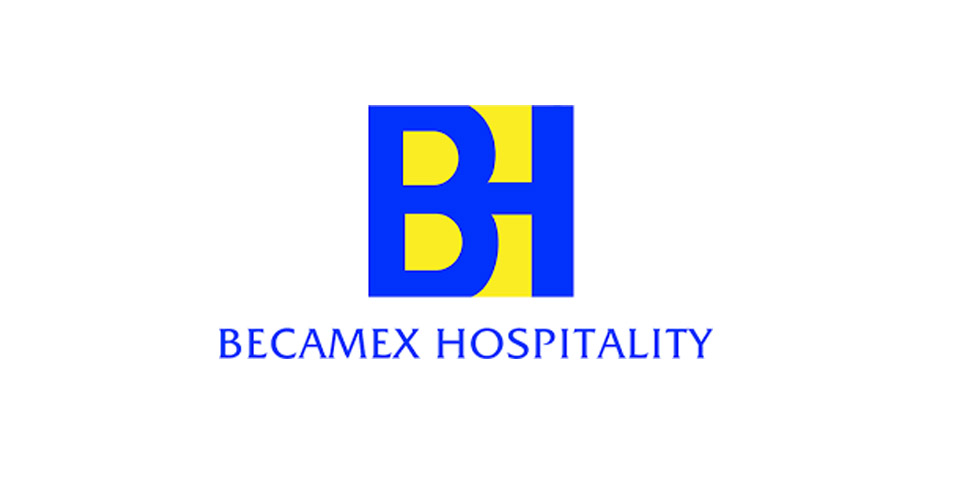
GOLDEN DEAL, KNOCK-DOWN OFFER
Are you ready for a fun-filled family vacation. Don't miss the super attractive Family Staycation package at Becamex Hotel. 2 days 1 night package with full amenities and free activities: Buffet breakfast, Swimming, tennis, bicycle, gym, sauna, cool ice cream, 300.000 VND service voucher and many other offers! Contact now for detailed advice.

"BEARY CHRISTMAS" CHARITY PROGRAM
As the Festive Season approaches, Caravelle Saigon, in collaboration with VinaCapital Foundation (VCF), is bringing a heartwarming charitable initiative to life — and we are delighted to invite all HKBAV members to take part in the very first “Beary Christmas” Charity Program. By adopting a Caravelle Bear for VND 299,000 nett, you will be directly supporting children battling cancer in Vietnam through VCF’s Can-Care/Can-Clover Program.

SOILBUILD INTERNATIONAL WINS “BEST INDUSTRIAL DEVELOPMENT” AWARD FOR SPECTRUM NGHE AN AT THE PROPERTYGURU VIETNAM PROPERTY AWARDS 2025
Soilbuild International is pleased to announce that its project, Spectrum Nghe An, has been awarded Best Industrial Development at the PropertyGuru Vietnam Property Awards 2025, held on 24th of October 2025, in Ho Chi Minh City. The PropertyGuru Vietnam Property Awards is part of the prestigious PropertyGuru Asia Property Awards series, the largest and most respected real estate awards programme in Asia.
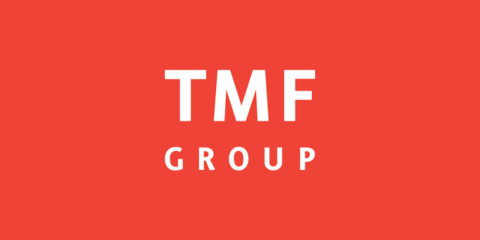
WEBINAR: 2025 VIETNAM KEY TAX FINALISATION, UPDATES ON TAX CHANGES AND GLOBAL MINIMUM TAX
Dear Valued Client,We would like to invite you to our webinars on Friday, 12 December 2025, and Tuesday, 16 December 2025, to review and learn about key 2025 tax finalisation topics and stay ahead with the latest tax changes.
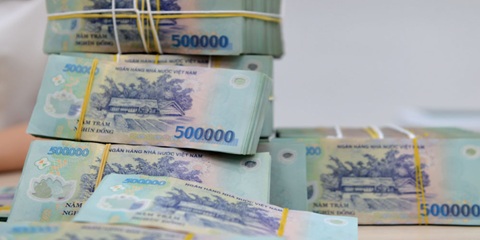
NEW ECONOMIC POLICIES EFFECTIVE THIS DECEMBER
Government Decree 304/2025, effective December 1, sets stricter conditions for seizing collateral, especially assets that are a borrower’s sole residence or essential work tools. In such cases, lenders must set aside a compensation amount equivalent to six to twelve months of minimum wage. The measure aims to improve transparency in bad debt handling and reduce credit risk in the banking system.
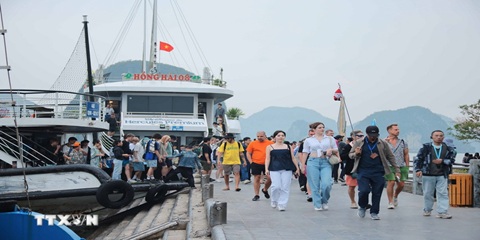
QUANG NINH TARGETS VND58 TRILLION IN TOURISM REVENUE
Quang Ninh Province is aiming to generate VND58 trillion in tourism revenue this year after surpassing its goal of 21 million visitors, driven by new tourism products, expanded nighttime activities, and large-scale events. As of mid-November 2025, Quang Ninh had welcomed 21.28 million visitors, up 12% year-on-year. Tourism revenue reached at least VND57 trillion, a 22.46% increase from the same period last year. With its visitor target achieved, the province is now pushing toward its revenue goal of VND58 trillion.
